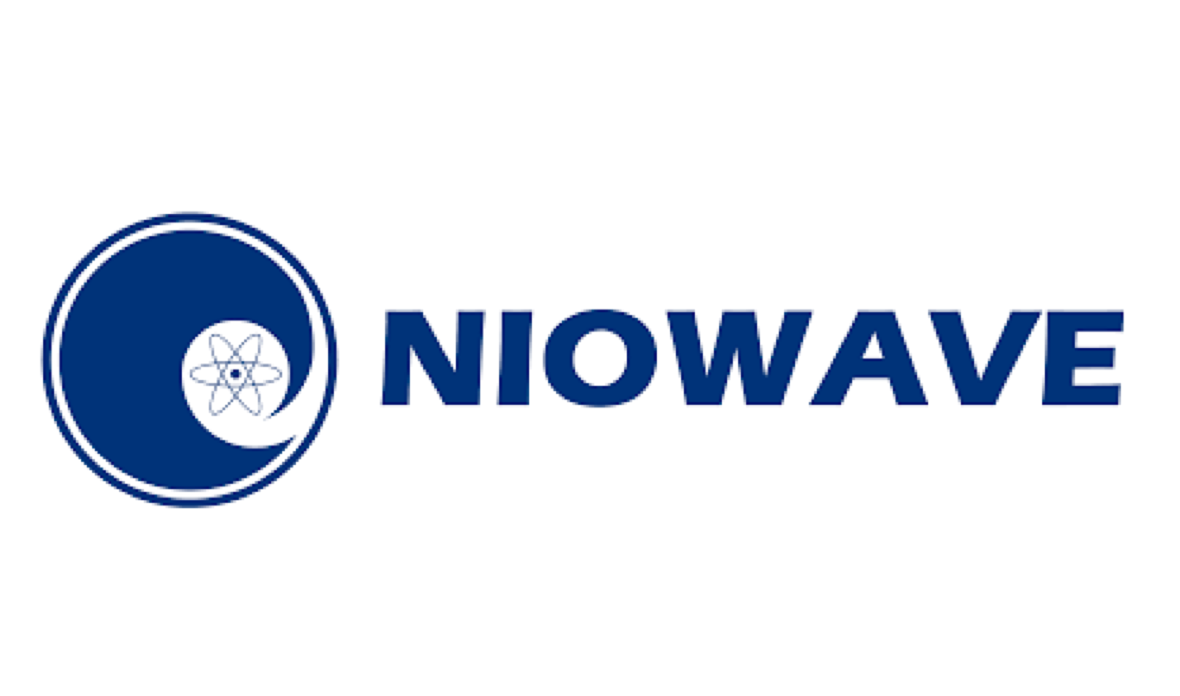By Mary Lou Aguirre
McClatchy Newspapers
FRESNO, Calif. _ Anyone who has ever cleaned a glass shower door with a store-bought cleaner promising to remove dreaded soap scum will attest to trying to do the job as quickly as possible to avoid the smell.
Breathing easier was uppermost in Teri Van Huss’s mind 10 years ago when she switched to homemade cleansers for her house, using ingredients such as vinegar, baking soda and lemon juice. The Visalia, Calif., resident did it for her son.
"I have a severely disabled son with cerebral palsy," she says. "Kids with disabilities have sensitive skin and get a lot of rashes. I wanted to make my environment neutral, so I started to study what was in the cleansers we used."
Van Huss, the director of finance and administration at the Sequoia Riverlands Trust, is the self-proclaimed "queen of environmentally friendly house cleaning." She has taught workshops on alternatives to commercial cleaners at day care centers and Head Start programs.
Even just a few years ago, she says, people had "no clue" about the advantages of green cleaning. "Today, the interest is huge," she says. "There’s a lot more awareness."
Anyone with access to a computer can easily look up ingredients contained in cleansers and personal grooming products at the U.S. Department of Health & Human Services household products database at http://householdproducts.nlm.nih.gov.
Still, it’s difficult for some consumers to let go of the notion that using harsh household cleansers means a cleaner home.
"We have been so sold on the idea that a cleanser, one we have to wear rubber gloves to use, is better," Van Huss says. "If it’s not strong enough to kill us, then it’s not going to clean."
Claudia Garcia of Tulare, Calif., says Van Huss’ natural green cleaning recipes have helped her daughter’s asthma condition. Garcia worked with Van Huss as a translator at green cleaning workshops.
"I started using Teri’s recipes in our home and noticed that our daughter’s asthma had decreased," she says. "She had constantly been using an inhaler and had red puffy eyes. About a year after using them, we noticed Yamilex hadn’t had asthma attacks."
Garcia had to adjust to a new odorless scent of clean.
"I would wonder if the floor was really clean," she says. "It didn’t smell like anything."
The scent of vinegar became the norm at her home, and Garcia admits she missed a "flowery fragrance." That was remedied by taking Van Huss’s suggestion of using drops of essential oils such as lime, lemon, lavender and orange.
The added benefit is "tremendous savings," Garcia says. "I use hydrogen peroxide to clean whites, and it does get clothes cleaner than bleach. I just use about an ounce."
Megan Assaf of Visalia, Calif., attended a workshop earlier this year.
"Knowing you need basically just a handful of basic things to clean the whole house made it easy to shop and easy to use," Assaf says. "Instead of a pail full of products, now I just have three."
Assaf says her switch to green cleaning has been an easy transition.
"My house now smells like the outdoors when I clean, instead of some synthetic approximation of it," Assaf says. "I’m not breathing in petrochemicals that give me headaches, fuzzy thinking or lung tightness."
Van Huss says her ability to relate to other moms helps get her message of avoiding toxic chemicals at home.
"I have a child who can’t afford to get sick," she says. "There isn’t anyone who cares more about killing germs than me. It helps that I use these things myself. It gives me a lot of credibility."
Van Huss says stores are now carrying products such as Seventh Generation, Method and Biokleen that are plant-based. She also recommends the book "Clean House, Clean Planet" (Pocket Books, $14) by Sharon Logan.
"It’s a good idea to look at this as a safety issue, a home is safer when you don’t bring anything into it that is dangerous, especially products that have a danger or warning label on them," Van Huss says.



